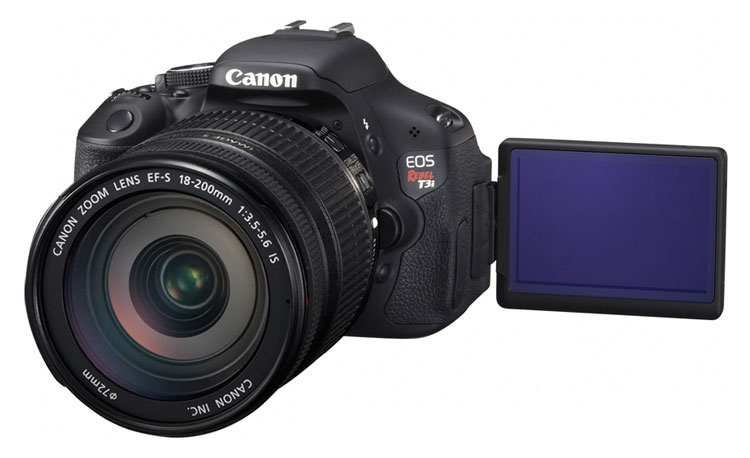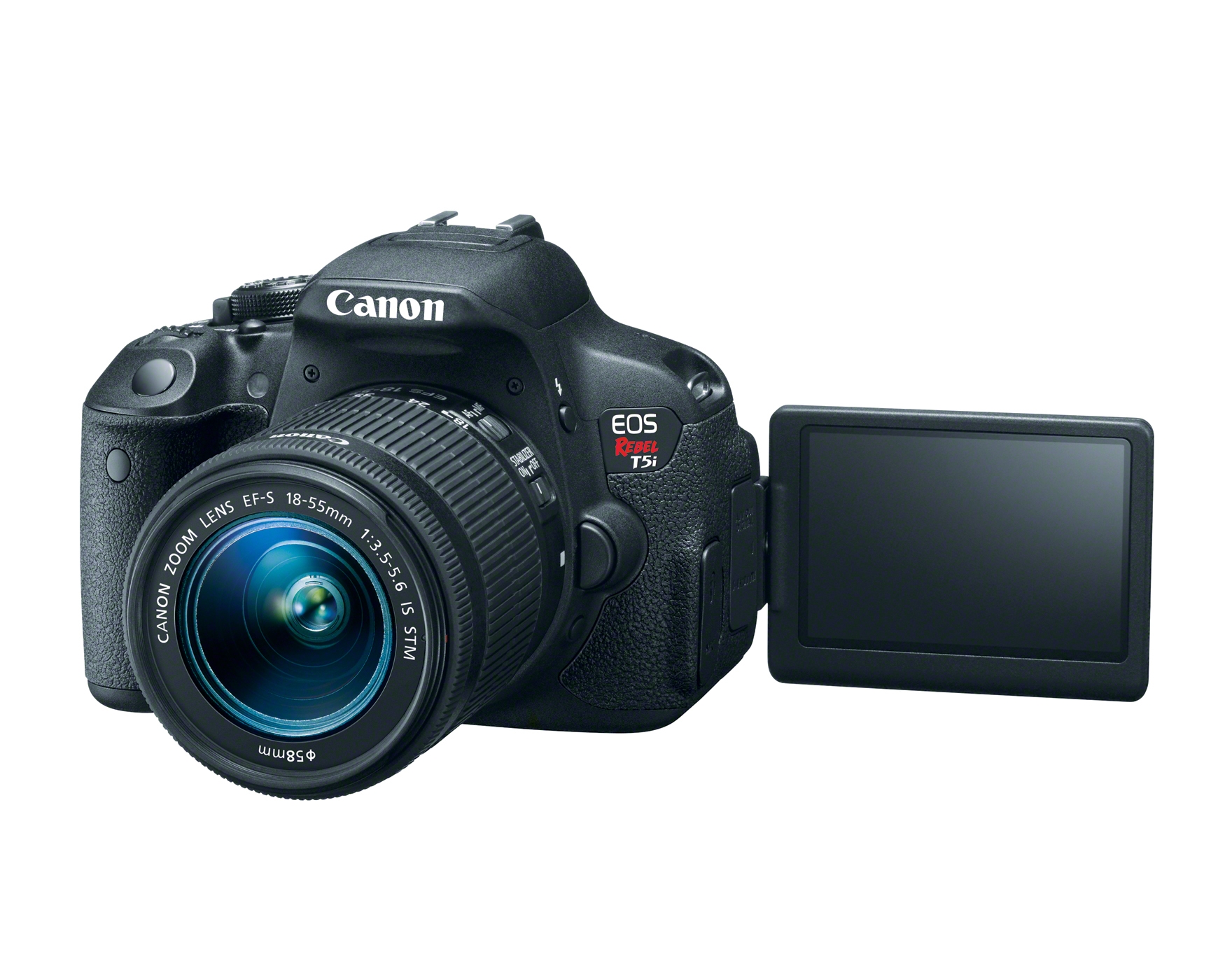Capturing motion had captured me from early on in life. My uncle had the first home video camera I had ever touched. I was enthralled from the beginning. Zoom was my all time favorite function. If I remember correctly the footage looked bizarre, like a person on land, but also on a boat, and wildly flying in and out at a guy. To look at it now, it might give me some sort of seasickness or something. Fast forward a few years later and I got my own video camera for Christmas; I think it was a Sharp Viewcam...
 |
| Oddly enough people are STILL selling this on Amazon. |
Since the introduction of dslr hd video recording a few years ago I have kept an eye out on entry level cameras. It takes me forever to decide what I should buy, I ended up deciding on getting a Canon t4i. Then they discontinued the model in favor of the not much changed t5i. I figured since I'd waited that long I'd just wait a bit more and get the t4i once it dropped in price. It didn't. People bought up the t4i since it was essentially the same as the t5i only slightly cheaper. So then this was my choice, t5i or t3i?
 |
| T3i |
 |
| T5i |
The reason I was going for the t4i was that the touch screen would make changing settings a snap, just touch and change. A hybrid CMOS system means that you can use continuous auto-focus while shooting video; which is important for making sure your video is in focus. The new STM lenses have a new super quiet focusing motor that makes almost no noise to interfere with capturing audio. The t4i also does better with higher ISO settings than the t3i, and has on camera stereo microphones. With all these great things, why didn't I spring for the t5i?
The t5i with the 18-55 f3.5-5.6 is stm lens is currently selling for $850 while I bought the t3i for $400. I ended up spending about $500 for the camera, kit lens and a 50mm f1.8 prime lens. Here is the question, does the t5i's benefits out weigh $450? For me they do not because with that money I can purchase the Shure VP83 for ~$200 (record to camera version [if I'm patient...]).
| VP 83 and VP 83f. The 83f records it's own audio onto SD cards. |
One of the biggest things in visual media, be it theater, movies, television, internet or gaming is audio. Audio is king in making a professional level video. Good audio separates home movies into something much more real and immersive. Poor audio snaps the viewer into disbelief and the video might as well be a slide show.
The nifty-fifty, or the Canon 50mm f1.8 mark 2 is a lens I purchased right away. I picked it up with the body and kit lens, and cost $100 from Canon, but can be purchased second hand for about $80.
The 50 1.8 mk 2 is just about as cheap as in-production Canon lenses go. It's sharp all through the aperture/f-stop range and produces wonderful bokeh. What does that really mean? Unlike some lenses, this particular lens can be opened to it's widest setting without fear of haziness that other lenses get, so when you take photos the lens won't give you a weird ethereal look that you weren't going for. Also the smaller the f-stop is, the smaller the focal range is. This means that if you wanted to you could photograph a person's head at 3/4 view and have one eye in focus and the other eye a bit blurry and the background completely blurry. This lens will give you that great shallow focus depth of field in video as well. At f1.8 this lens will let in a lot of light onto the sensor, so it's great for low light/indoor photography. There are cons to this lens though. It is completely plastic, even the mount is plastic, so if you're not careful you can easily break it. The motor in the auto-focus is nothing special so in a quiet setting like a wedding ceremony it might be distracting, and the auto-focus sometimes struggles to lock onto the target you intend. The build quality of the 50mm f1.8 mk I is better with a metal mount, and a distance scale on the lens for about $150 used, if you can find it. The next step above the production 1.8 is the 1.4.
At ~$350 the f1.4 is a bit faster with the construction properties of the mark 1 1.8 with the added benefit of the ultrasonic motor which knocks down the amount of noise the auto-focus system makes.
By buying a good quality mic, and a nice learning lens you save about $150 over the single kit lens and the t5i which is why I decided on this route. The kit lens from the t3i is useful for it's IS and 18-55mm f3.5-5.6 covers the most basic shot distances at 22mm, 31mm, and 53mm which are 35mm, 50mm and 85mm equivalent on full frame/35mm film. The kit lens is reasonably sharp but with a maximum aperture of just 4.5mm at the wide end it doesn't work well in low light conditions. This is why I have the 50mm 1.8. The 50 is great for low light situations, portrait photos and blurring backgrounds, as well as pulling actors into focus and really giving them some weight in a scene.


No comments:
Post a Comment